During Week 8, we took some inspiration from The Martian. Their ship uses a centrifuge design, of which we considered previously, that allows the crew to have some level of exercise and normal life whilst on the Hermes. (Figure 1)
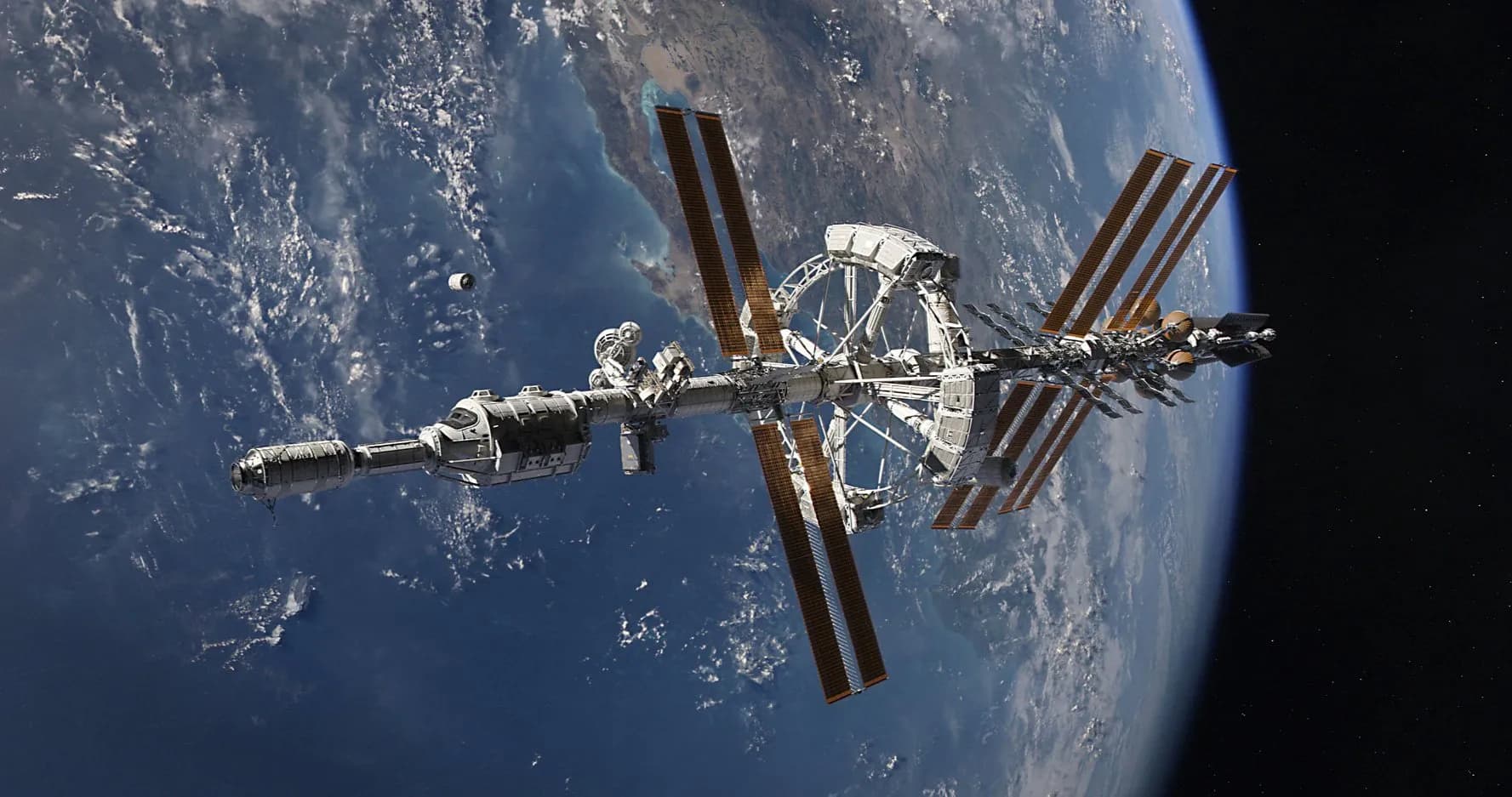
From this, as well as looking at the current largest payload size available on a spaceship, we realised that to be able to build a large ship that is able to leave Earth's orbit without breaking apart, we would have to build the ship in space.
Knowing this, we decided to do some research on the only current man-made space object that was built in space: The ISS. (Figure 2)
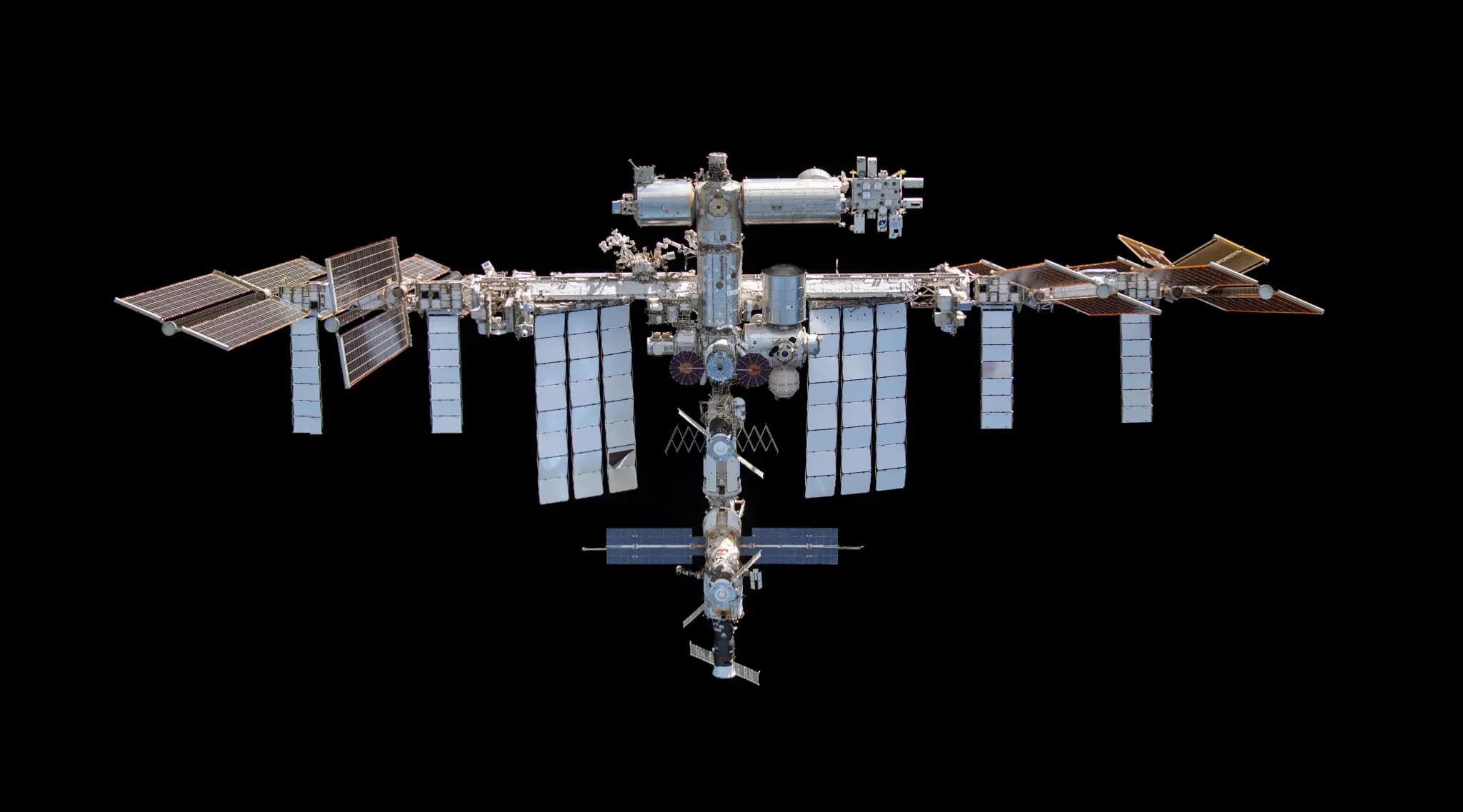
While we were looking at how the ISS were built, we also took a slight detour to exploring the life of astronauts on the ISS. We explored and took note of specific features of such a life:
- Strict Schedules
- Involvement from Ground Teams
- Also to keep Astronauts Busy (Phycology, Stop Them Going Insane)
- Lots of Exercise
- Helps Keep Bone Fatigue Down
- Helps Keep Muscles Strong
We especially noted the importance of exercise, as without that, when the astronauts return to Earth, they will be unable to walk and do basic activities, due to their muscles being inactive as there is no gravity in space. This is one of the factors we believed that a centrifuge on the ship would help in.
The factor of keeping bones and muscles strong throughout the journey was made more important by the large amounts of physical activity the astronauts will have to do once on Mars.
However, we rated the concern of the astronauts health as not a major priority, as with nuclear rockets, the journey to Mars was only 45 days. However, we still decided that a centrifuge was needed, as the astronauts physical health still needs to be in a fairly good condition once on Mars.
We also decided on making our ship be separated into 'modules', which are connected in space. This is similar to the ISS. (Figure 3)
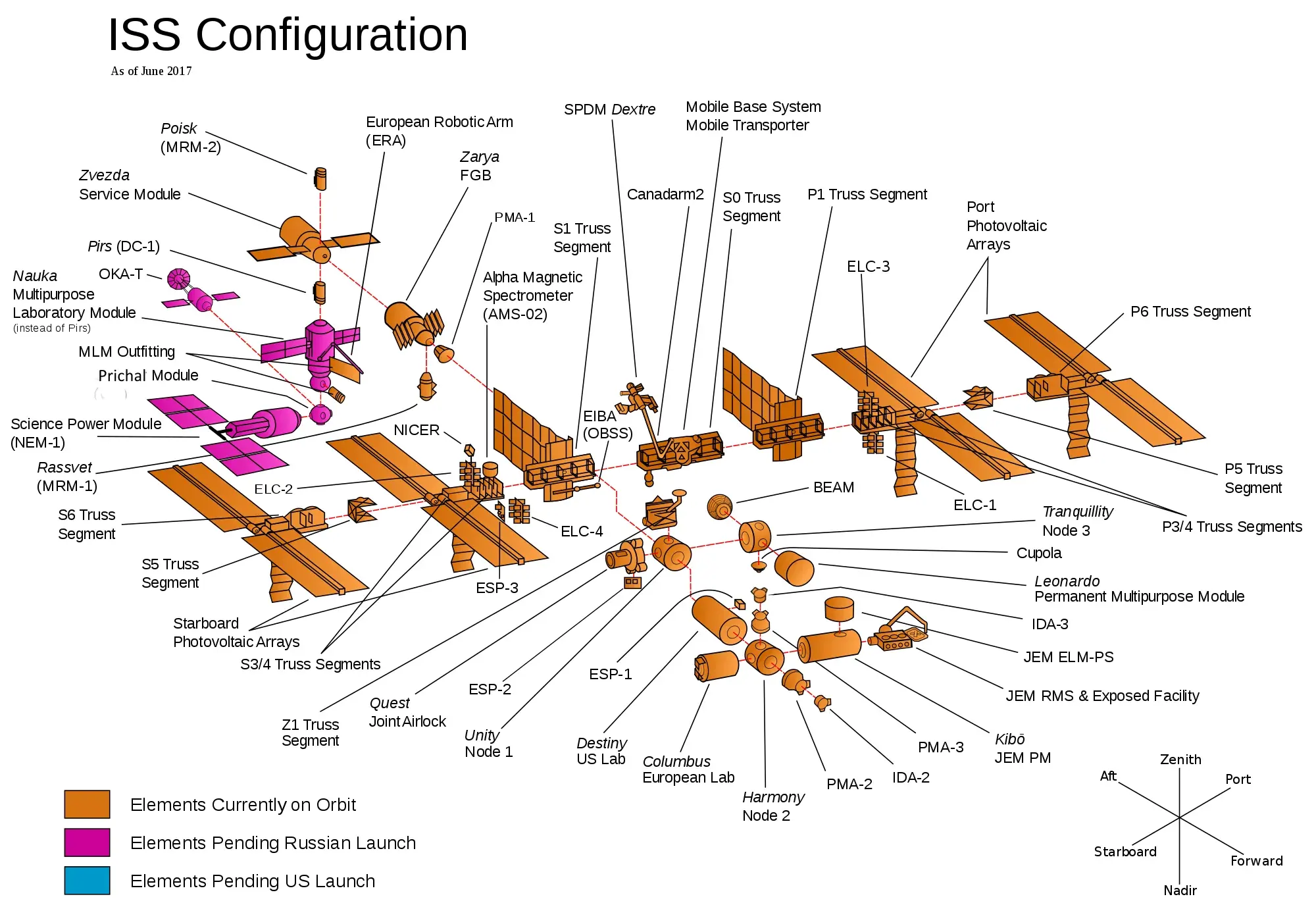
After that, we looked at the current largest capacity of a spaceship. We found that the SpaceX Starship had the highest capacity of any spaceship today, both in capacity and in mass. It is also designed to be completely reusable. It is currently in development, with a recent third test flight resulting in the Starship burning during re-orbit, but it is expected to be usable in the near future. (Figure 4)

We found that the Starship could carry a maximum payload capacity of 8m (diameter) by 22m (length), and a maximum payload weight of 150 tonnes to Low Earth Orbit. It could also carry 22 tonnes to Geostationary Earth Orbit, or 150 tonnes to Geostationary Earth Orbit if another Starship refills it in Low Earth Orbit. (Figure 5)
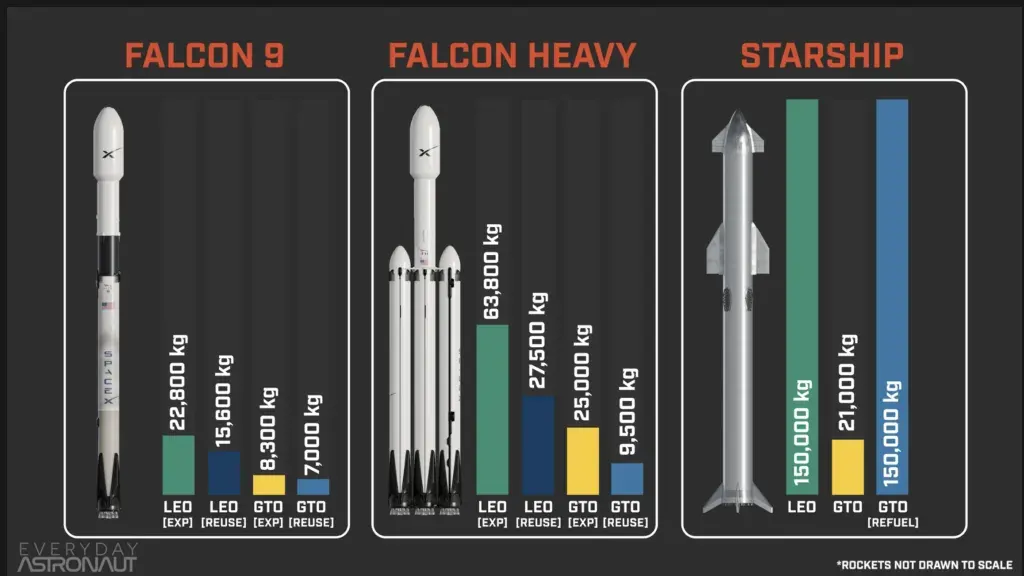
We also found that the Starship was by far one of the cheapest available options for launching something into space. (Figure 6)
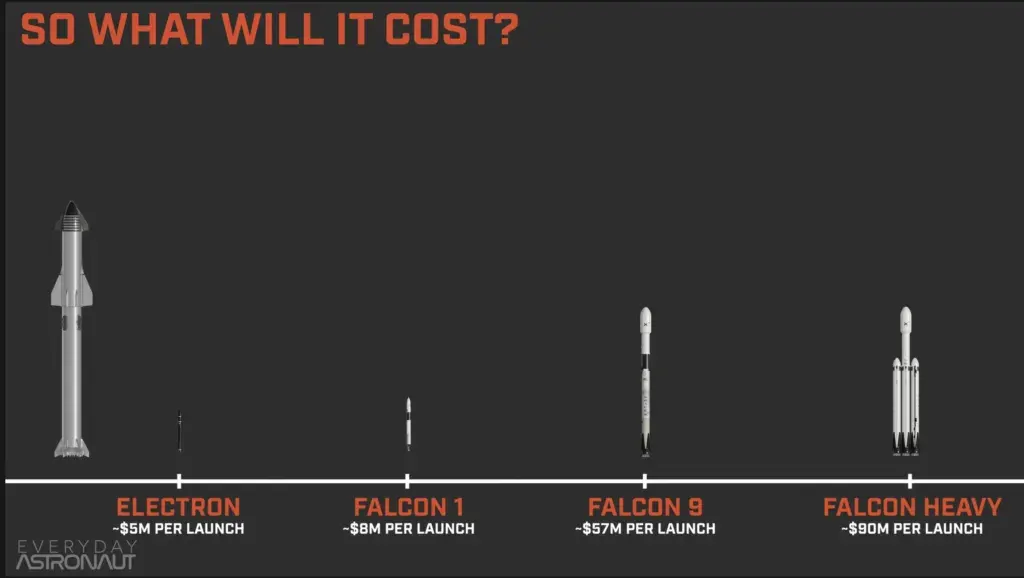
Finally, we looked at power on the ship. We looked at the fuel of nuclear engines, Hydrogen, and realised the need for refrigeration. We decided on using NASA's new tested concept on storing cryogenics, which needed electricity. (Figure 7)

Therefore, we decided on a 'hybrid' type power system:
- Chemical Engines for Escaping Orbits
- Nuclear Engines for Consistent Power throughout the Journey, and whilst orbiting Mars
- Solar Panels
- Power the Ship's Electrical Systems
- Keep Liquid Oxygen (for Chemical Engines) and Liquid Hydrogen (for Nuclear Engines) Cryogenic
- Backup Thrusters, for Use in Case of Emergency or during Mars Orbit
Since we realised the ship could not land on Mars, we decided to send small spacecraft, perhaps SpaceX Starships, to and from Mars to the ship, which would either stay in Geostationary Mars Orbit or Low Mars Orbit. (Figure 8)
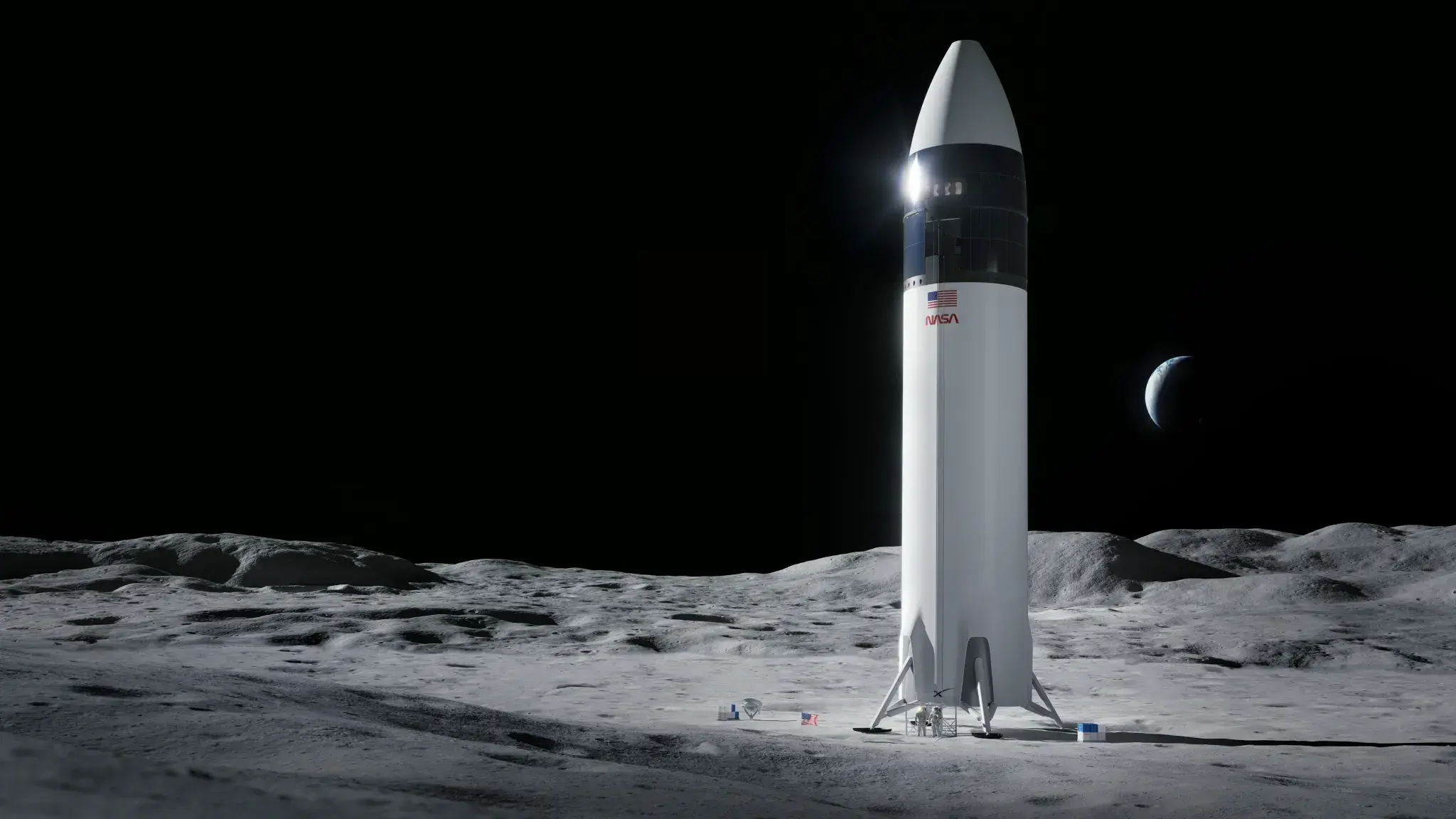
However, this would also require consistent burning of fuel or use of electrical energy; thus electrical thrusters would most likely be heavily used, but Liquid Hydrogen would also be shipped periodically from Mars to Earth.
From this, we also decided on our next research point when we had time: Initial Production of resources on Mars.